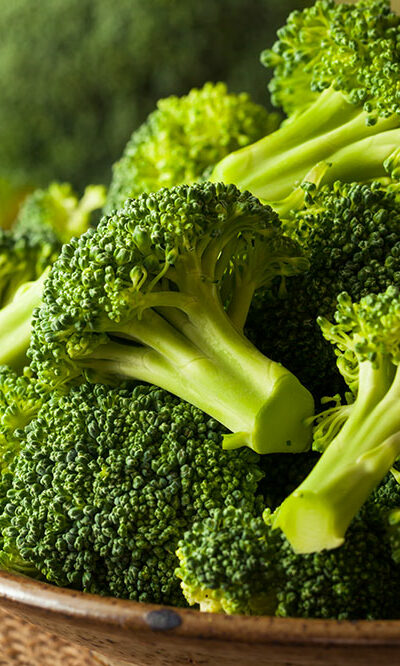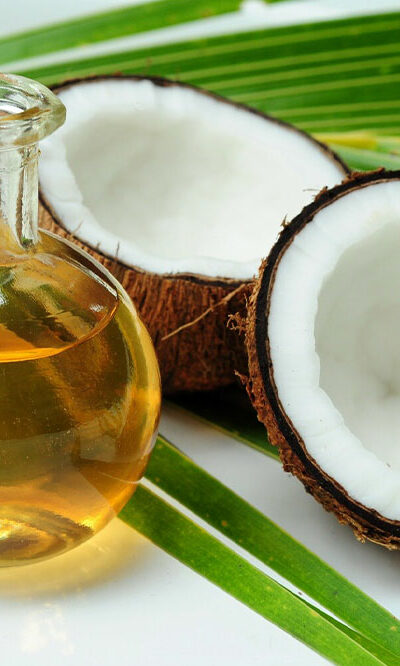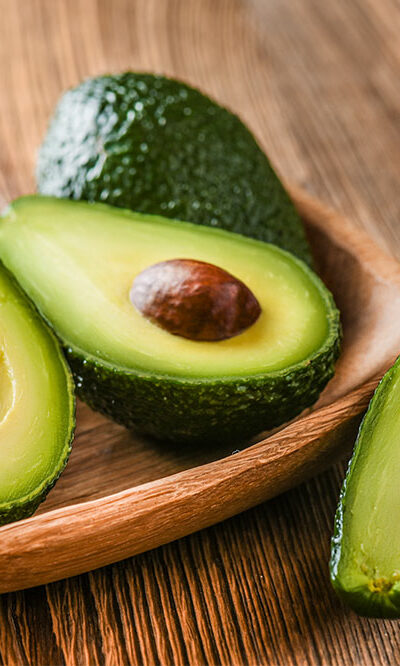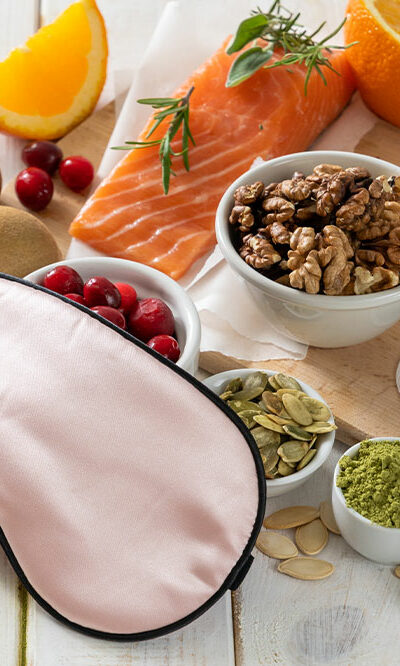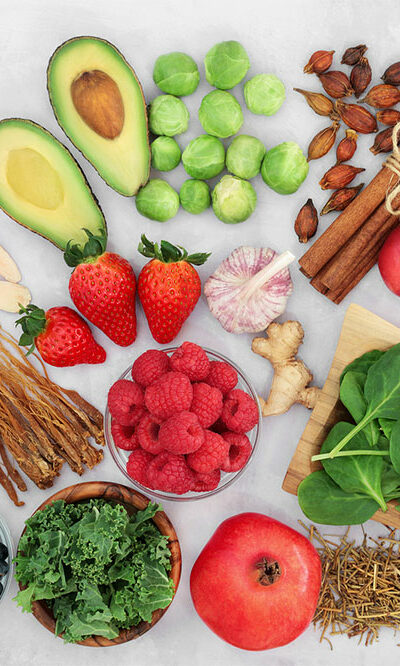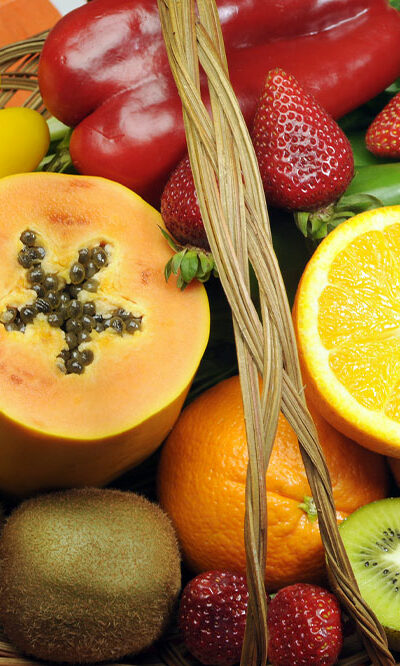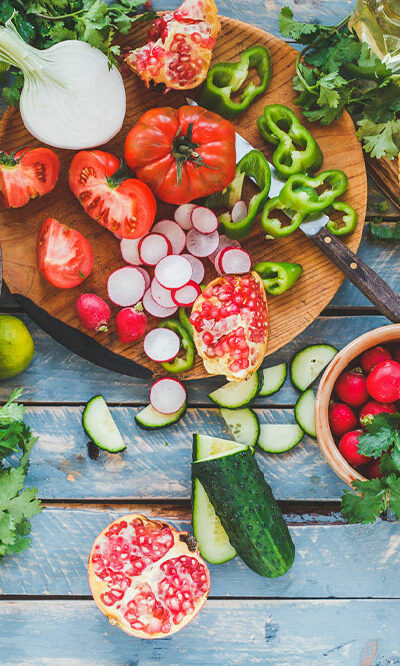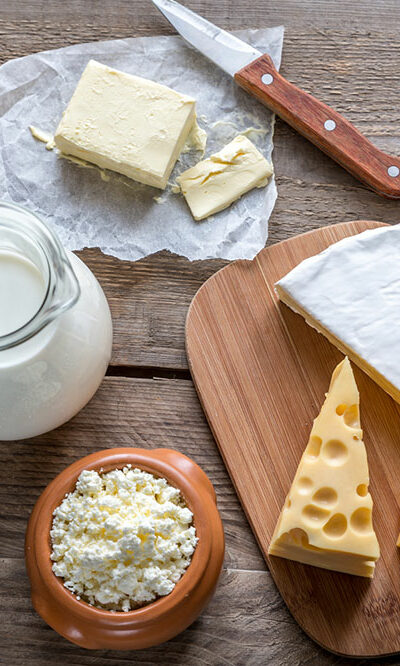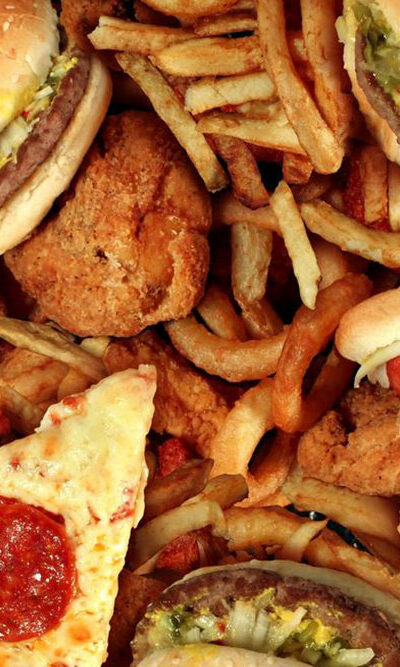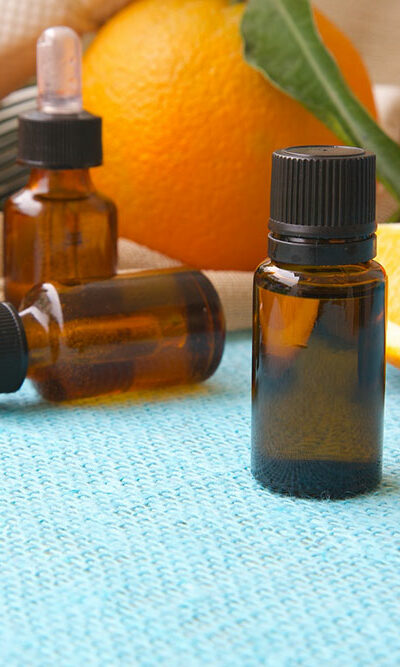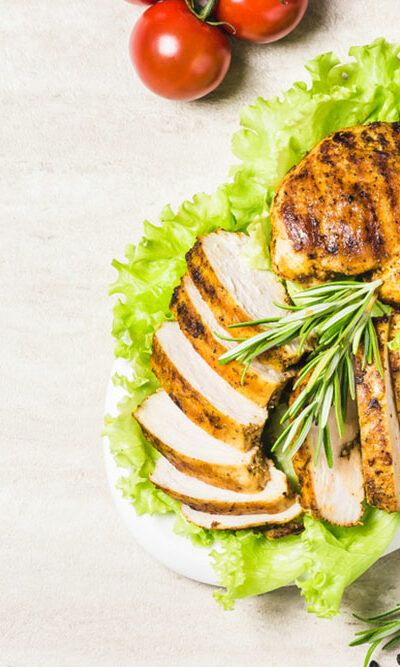
Foods that are good for digestion
Probiotic foods are those that have bacteria that is good for digestion. This includes bacteria like lactobacillus, bifidobacterium that help smooth digestion of food. Sometimes, the good bacteria in the gut can get destroyed due to various reasons. This leads to digestive problems. Consuming food that has probiotics is thus good for digestion. It can improve mental health, reduce depression, improve skin health, and can also be good for the heart. On the other hand, prebiotics are foods that help the probiotic bacteria grow. They have resistant starch and other nutrients that help gut-friendly bacteria flourish. Consuming prebiotics naturally helps good bacteria. Foods like raw bananas, artichokes, and cooked cold potatoes are good prebiotics. Let’s take a look at some of the foods that can improve digestion: Yogurt One of the best sources for probiotics is yogurt. Since it is formed by fermentation of milk, it contains lactic acid bacteria. It helps prevent diarrhea and is also useful for those who have digestive troubles. Those who want a healthier option can choose low-fat yogurt without sugar. Sauerkraut Sauerkraut is a good probiotic. However, only unpasteurized sauerkraut should be consumed as it is safer. Miso soup This popular Japanese soup is made from soy paste that has been fermented. It is rich in probiotics and vitamins and low in calories and fat. Kefir Kefir is a milk drink that is made from goat’s milk and is fermented. The fermentation ensures the presence of probiotics. Apart from the positive effect on the stomach, it is also good for bone health and improves general immunity. Tempeh Tempeh is a fermented product that contains probiotics and is made from soybeans. Apart from the probiotic benefit, it also has vitamin B12 that is essential for the body. Sourdough bread This is a type of bread that is fermented and is thus rich in probiotics.
